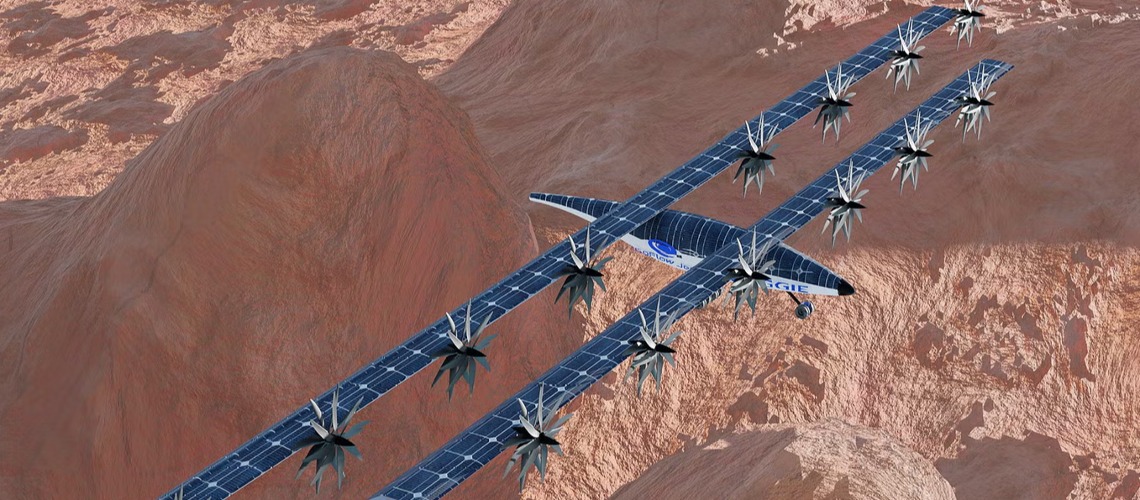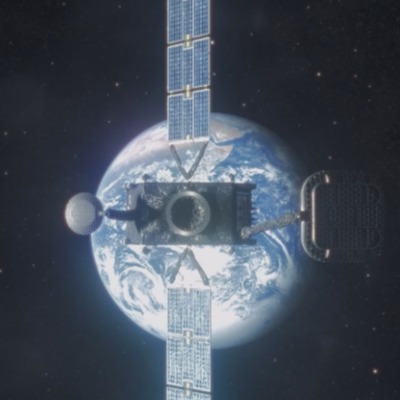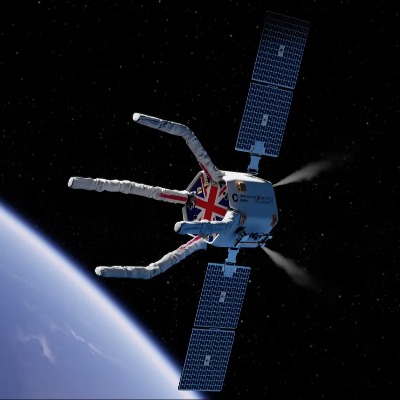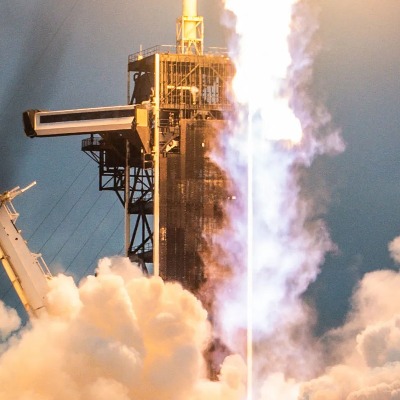NASA Eyes Martian Skies With "Maggie": Giant Solar Plane To Hunt For Water

Prepare for takeoff, Mars! NASA is gearing up for an ambitious new mission to unravel the mysteries of the Red Planet. The agency plans to send a giant, solar-powered airplane named Maggie (Mars Aerial and Ground Intelligent Explorer) on a groundbreaking exploration for signs of water on Mars.
Maggie's Mighty Mission:
This isn't your average paper airplane. With a wingspan of 32 meters (105 feet), Maggie dwarfs any aircraft ever flown on Earth. Its impressive size is crucial for generating enough solar power to sustain its flights in the thin Martian atmosphere. The plane can reach an altitude of 1,000 meters (3,280 feet) and cruise for about 180 kilometers (112 miles) on a single charge.
But Maggie's true purpose lies beyond sightseeing. Equipped with sophisticated scientific instruments, it will embark on a three-pronged mission:
- Hunting for Water: Maggie will sniff out the elusive presence of water ice in the Martian atmosphere and subsurface. Finding water is key to understanding the planet's past habitability and the potential for present or past microbial life.
- Unraveling the Magnetic Mystery: Mars' weak magnetic field plays a crucial role in protecting its atmosphere from solar winds. Maggie will investigate the origins and dynamics of this enigmatic field, shedding light on the planet's evolution.
- Tracking the Methane Trail: Hints of methane have been detected on Mars, a potential signature of biological activity. Maggie will follow this tantalizing methane trail, seeking its source and potentially unlocking clues about life on the Red Planet.
Revolutionizing Martian Exploration:
Maggie's maiden voyage signifies a leap forward in Martian exploration. Its ability to cover vast distances and conduct in-situ analyses will provide a unique perspective on the planet, complementing data gathered by rovers and orbiters. Additionally, Maggie's solar-powered design paves the way for sustainable exploration on Mars, reducing reliance on limited terrestrial resources.
The Road to Red Dust:
Maggie is still under development, with its first flight on Mars not expected before the mid-2030s. But the excitement surrounding this groundbreaking mission is already palpable. Every test flight, every scientific breakthrough, brings humanity closer to unraveling the secrets of Mars and potentially answering the age-old question: Are we alone in the universe?
NASA's Maggie mission embodies the human spirit of curiosity and exploration. It's a testament to our unwavering desire to push the boundaries of science and technology, reaching beyond our blue marble to touch the face of the Red Planet. As Maggie takes flight in the Martian skies, it will carry with it the hopes and dreams of humanity, forever etching our footprint on the cosmic canvas.
Stay tuned for further updates on Maggie's development and its upcoming Martian odyssey!




